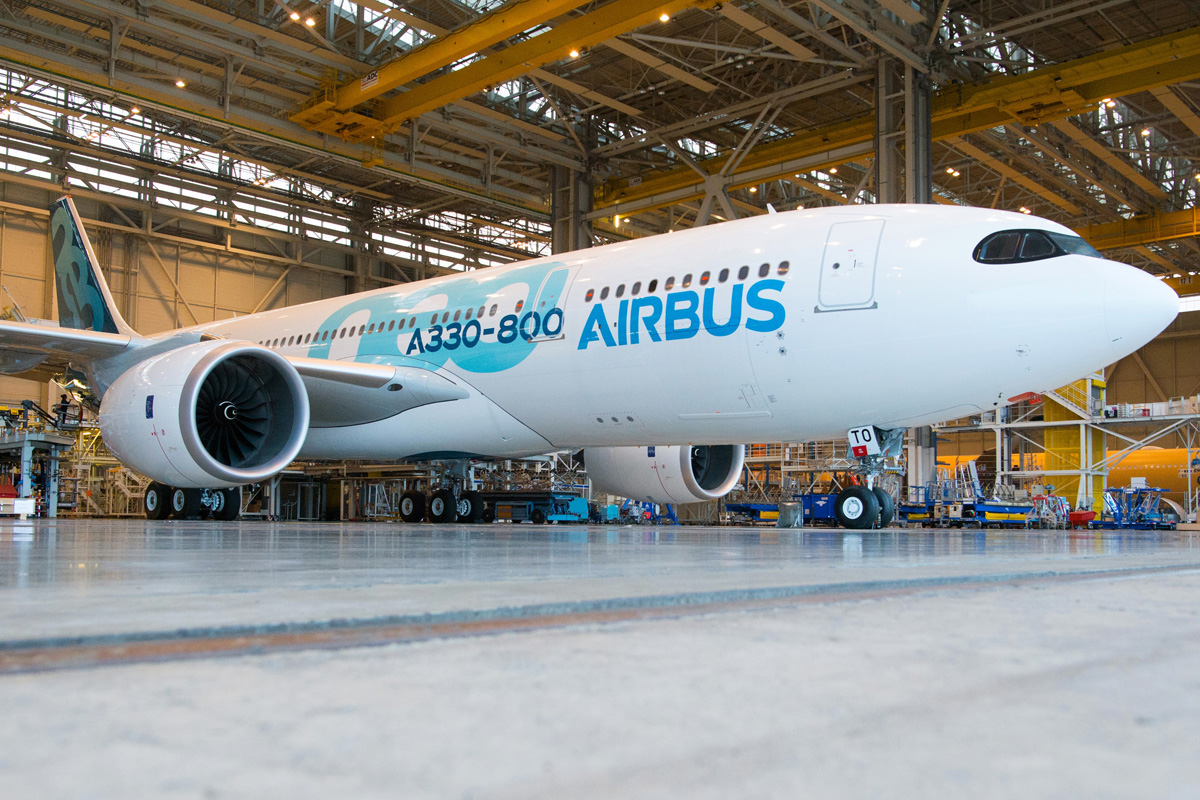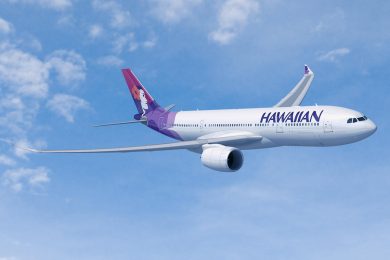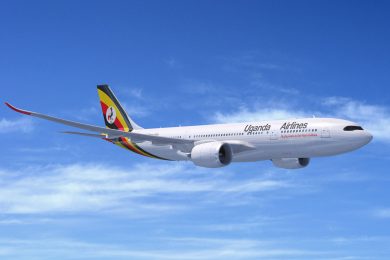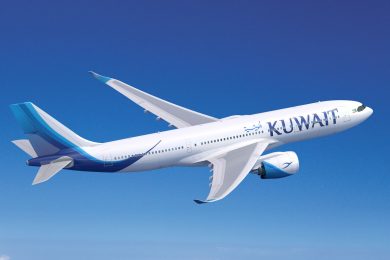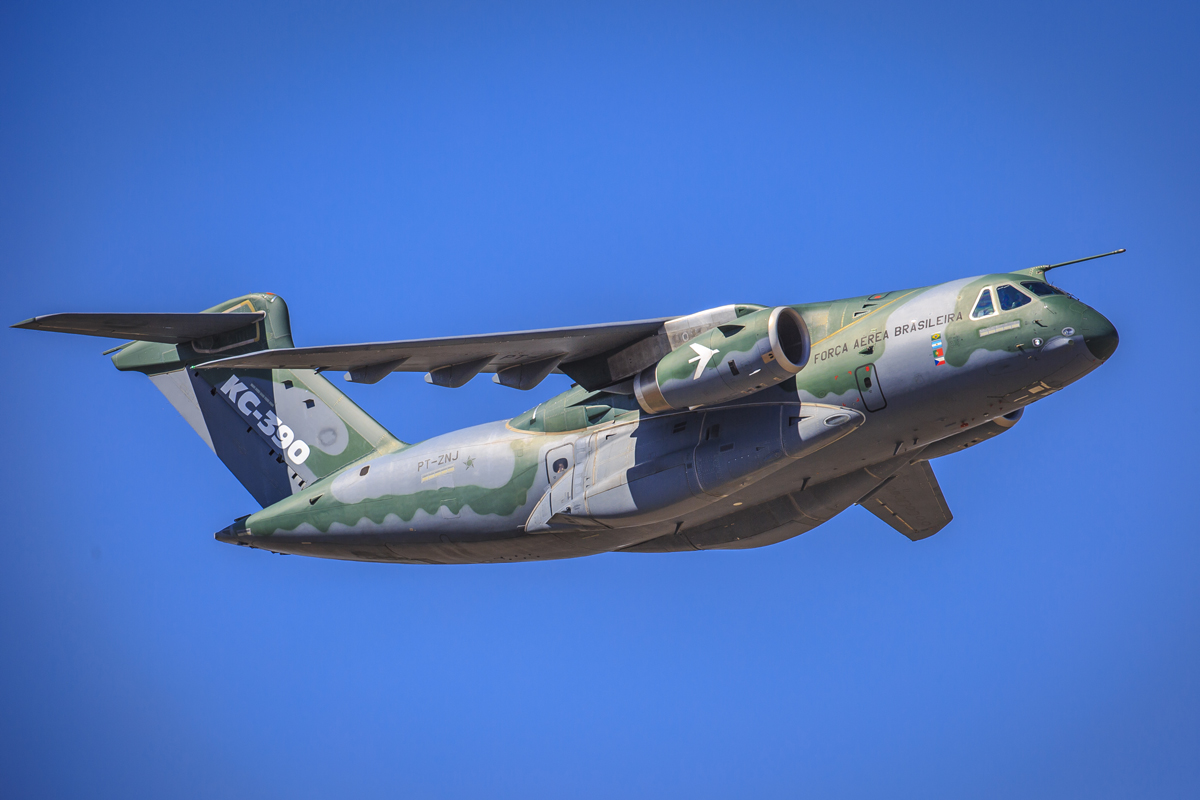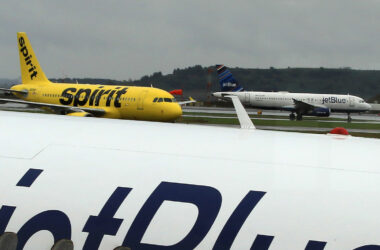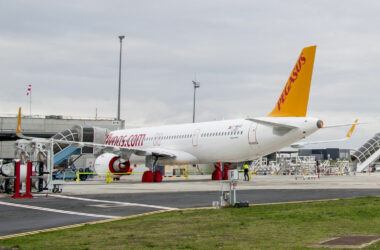Airbus is close to completing the first prototype of the A330-800neo, the smaller capacity and longer range version of the twin-jets family derived from the A330ceo. The aircraft has already received the Rolls-Royce Trent 7000 engines, as shown in the image above, and should take off for the first time “soon,” the company told Flight Global.
Substitute for the successful A330-200, the new airplane, however, has not attracted buyers. And whoever ordered it gave up on rival Boeing 787. Hawaiian and TransAsia, the first customers of the jet, turned back, leaving the A330-800neo without any sale.
In July, during the Farnborough Air Show, Uganda Airlines signed an agreement to buy two planes but so far the deal has not been completed. Last week, it was Kuwait Airways‘s turn to announce another agreement to purchase eight units of the A330-800neo, but once again Airbus has not yet been able to complete the negotiation and the aircraft is still with no customers so far.
No advantage to the A330-900neo
The situation contrasts with its “big brother,” the A330-900neo, which already has 224 orders and will be in service by the end of the year by the Portuguese airline TAP.
Why is the A330-800neo not interested in any airline or leasing company? According to the website Leeham News, the reason would be in the small advantage that the airplane has in relation to the 900 version.
Successors to the A330-200 and A330-300, the A330-800neo and the A330-900neo are designed to be more economical and offer wider range. But while the 800neo can fly for 7,800 nautical miles compared to 6,400 nm from the A330-200, the A330-900neo is capable of covering distances of 7,000 nm, 1,400 nm more than the A330-300.
This means that the A330-200’s advantage over the A330-300 (range) is no longer as significant between the A330-800 and the A330-900 which, like its predecessor, carries more passengers and has a cost per seat smaller.
For Leeham News, the A330-800neo “is for those airlines that need the range (up to 7,800 nm in 251t variant) and that fly the type until it’s time for the scrap-yard.”

